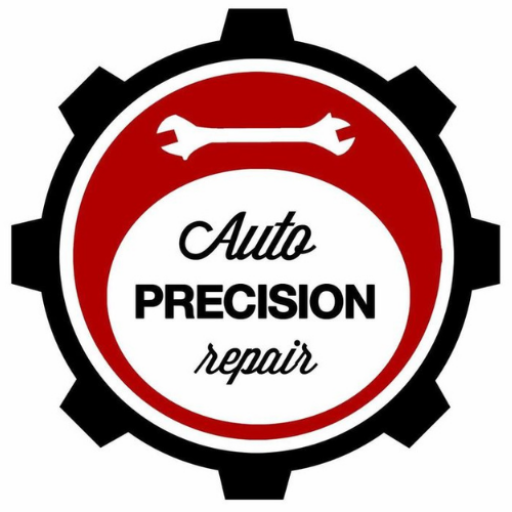The Future of Car Mechanics: The Latest Trends and Technologies

Essential Qualities of a Great Car Mechanic
March 14, 2023
Why Vehicle Inspection Is Essential
March 15, 2023The automobile industry has always been at the forefront of technological innovation, and the field of car mechanics is no exception. The latest trends and technologies in car mechanics are driving a revolution in the way vehicles are manufactured, maintained, and repaired. In this blog post, we’ll explore some of the most exciting advancements that are shaping the future of car mechanics.
- Electric and Hybrid Vehicles
One of the most significant trends in the automotive industry is the shift towards electric and hybrid vehicles. With the rise of electric cars, there is a growing need for mechanics who have expertise in electric and hybrid vehicle technology. This means that traditional mechanical skills must be combined with knowledge of electrical systems, battery management, and software.
- Predictive Maintenance
Predictive maintenance is a new approach to vehicle maintenance that uses data analysis to identify potential issues before they become critical. This is achieved through the use of sensors and software that monitor the performance of a vehicle in real-time. Mechanics can then use this information to schedule maintenance and repairs proactively, reducing the risk of breakdowns and saving time and money in the long run.
- 3D Printing
3D printing is changing the way car parts are manufactured and repaired. With this technology, mechanics can quickly and easily create new parts for a vehicle on demand. This not only speeds up the repair process but also opens up new possibilities for customizing and upgrading vehicles.
- Augmented Reality
Augmented reality (AR) is a technology that enhances the real world with digital information. In the world of car mechanics, AR can be used to provide mechanics with step-by-step instructions for complex repairs, making it easier for them to complete the work correctly. AR can also be used to diagnose issues by providing a virtual overlay of a vehicle’s systems and components.
- Artificial Intelligence
Artificial intelligence (AI) is revolutionizing the way vehicles are manufactured and maintained. AI can be used to predict potential issues, automate routine tasks, and improve the efficiency of the repair process. For example, AI-powered systems can be used to diagnose and repair issues with a vehicle’s software, reducing the need for manual intervention.
- Connected Cars
Connected cars are vehicles that are equipped with sensors, software, and connectivity capabilities that allow them to communicate with other devices and systems. This technology is leading to new possibilities for car maintenance and repair, including remote diagnostics, over-the-air software updates, and real-time monitoring of vehicle performance.
In conclusion, the latest trends and technologies in car mechanics are driving a revolution in the way vehicles are manufactured, maintained, and repaired. From electric and hybrid vehicles to predictive maintenance and 3D printing, the future of car mechanics promises to be exciting and full of new possibilities. These advancements are also creating new opportunities for mechanics and technicians, as they must learn new skills and adapt to new technologies. With the rapid pace of change in the automotive industry, there is no doubt that the future of car mechanics is bright and full of exciting possibilities.






